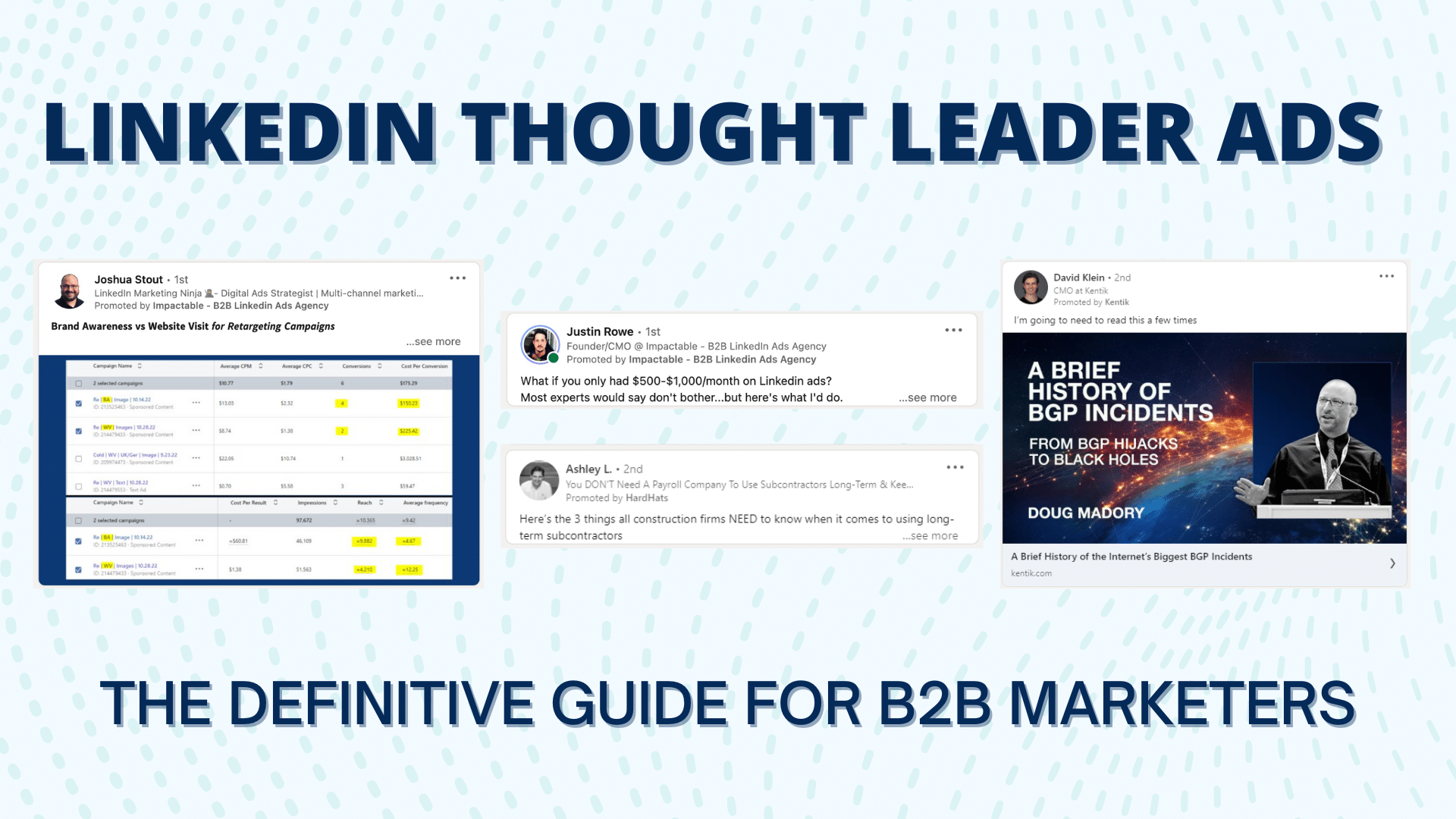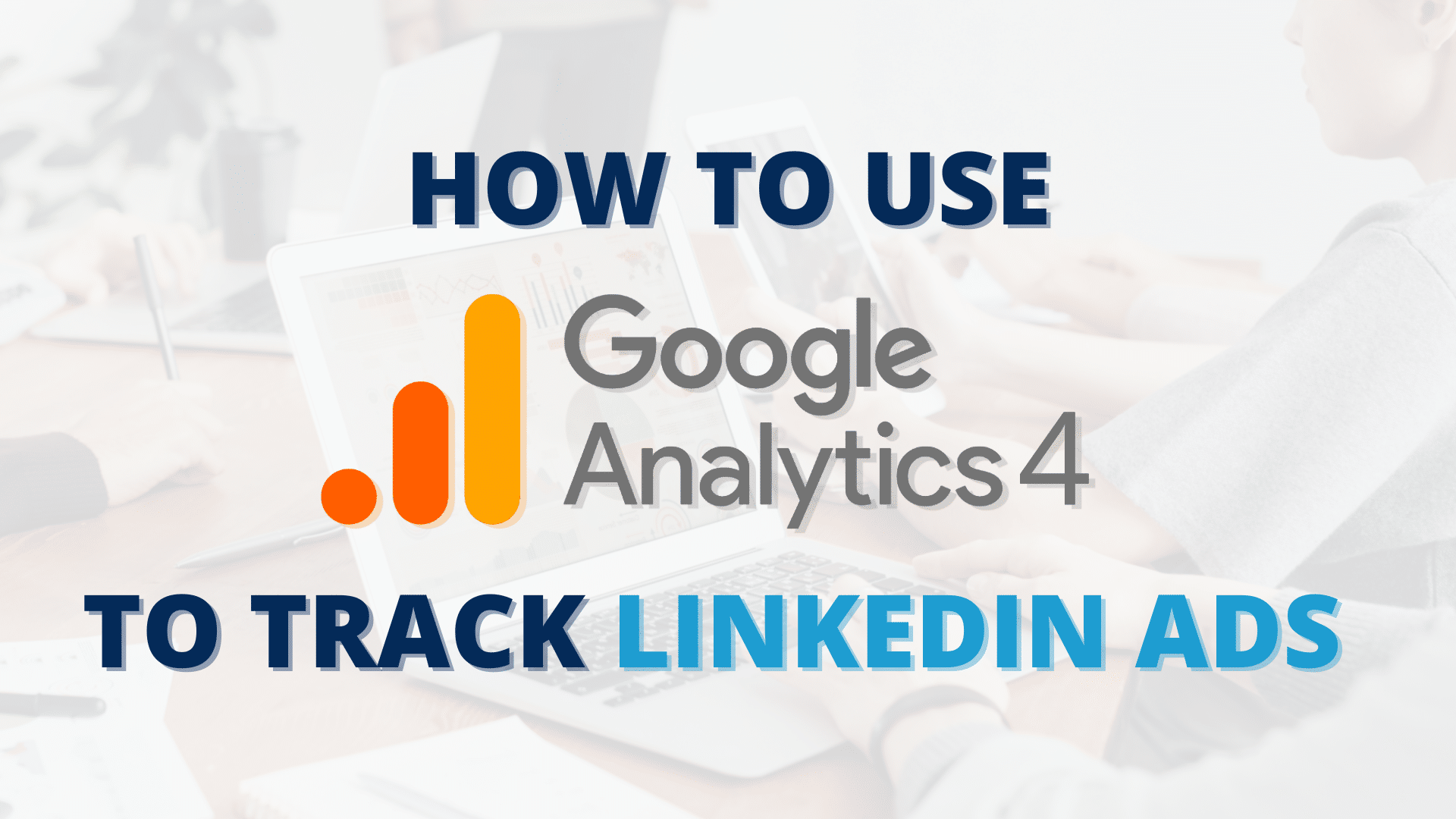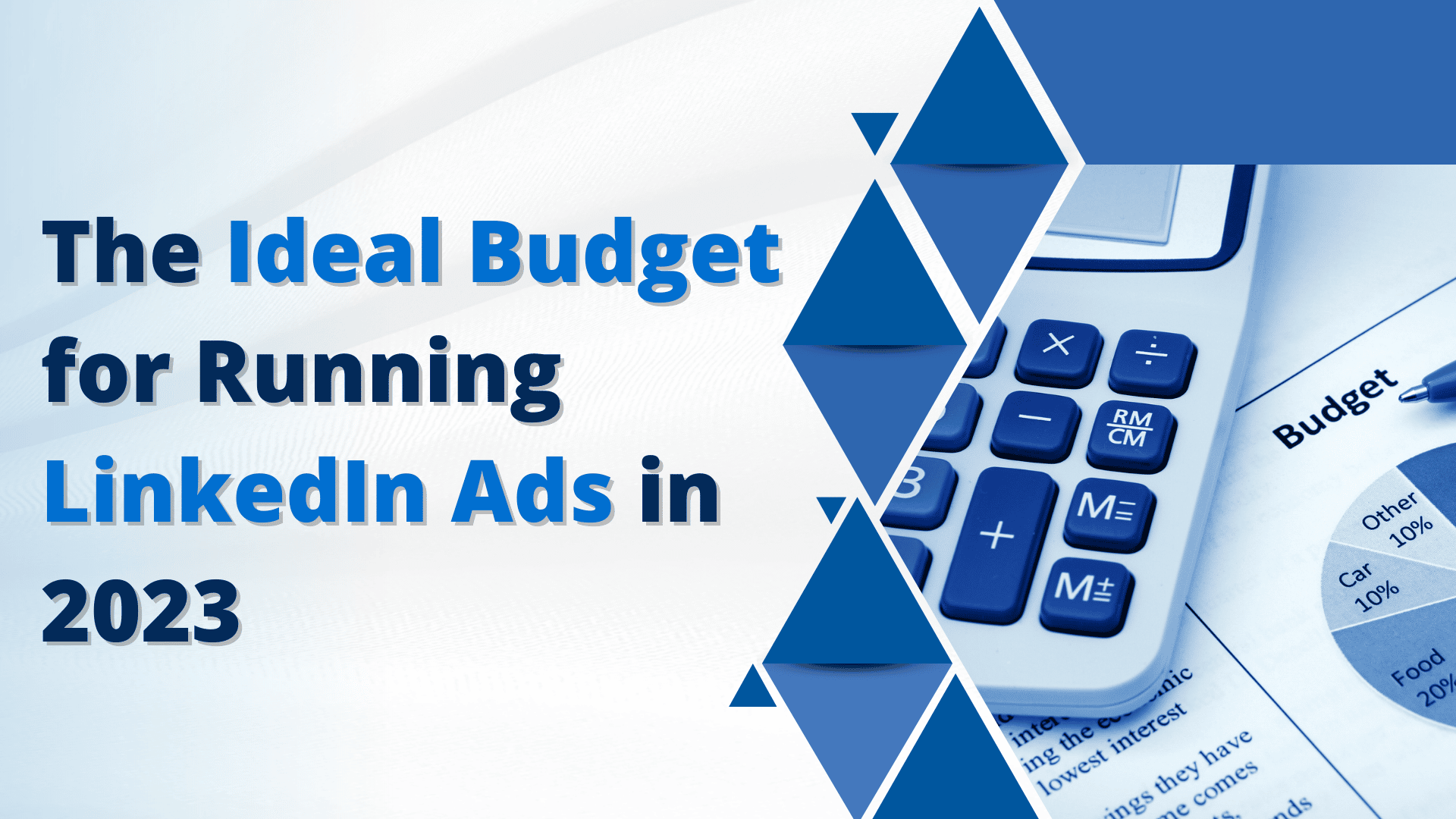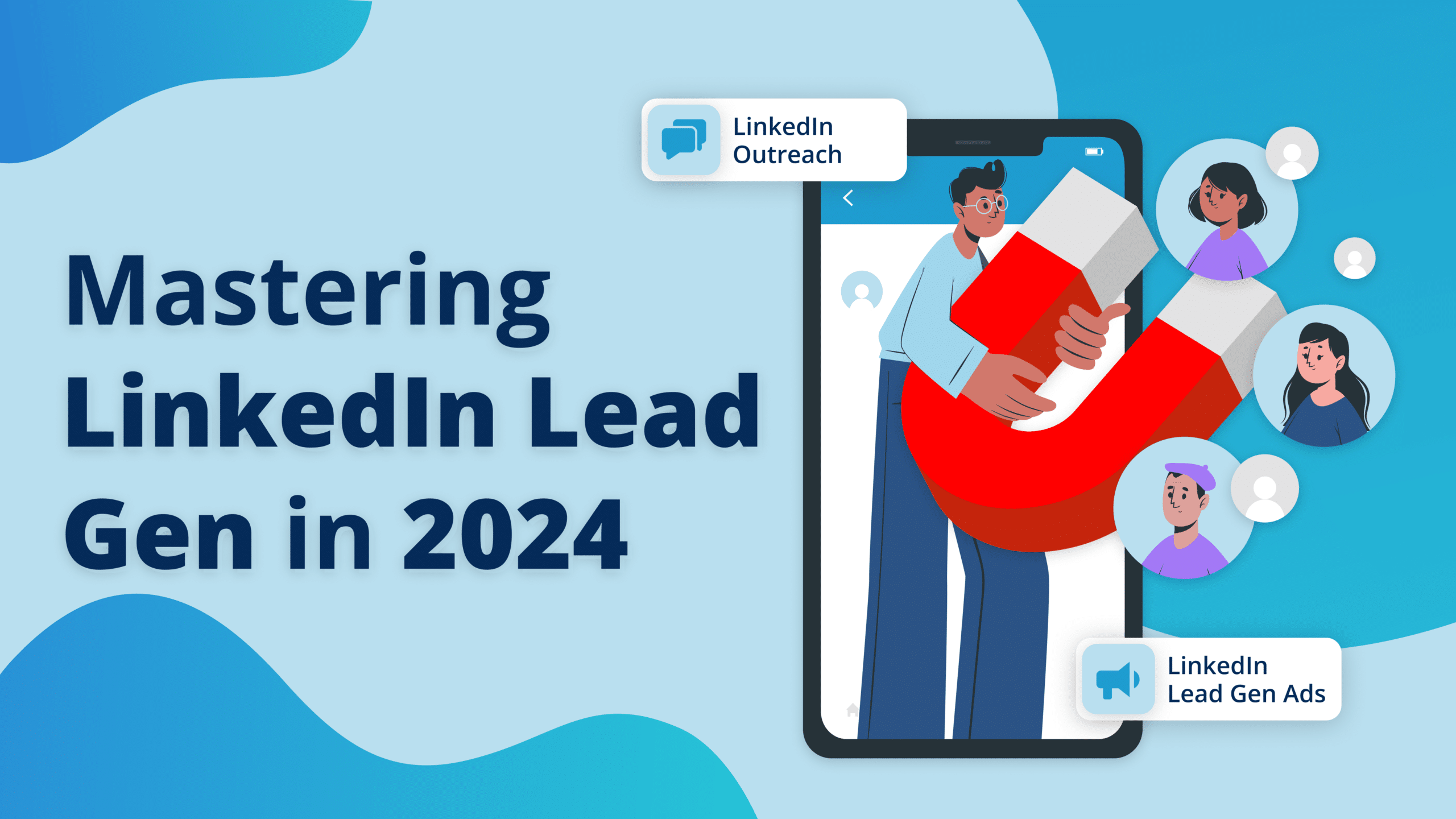If you’re someone who has just started exploring LinkedIn ads or is planning to try them out, the most common comparison is to measure them against Facebook ads. After all, in my experience, people are more familiar with Facebook and often use it as a benchmark to judge the effectiveness of other platforms.
I am sure you are comparing the two platforms on parameters like cost per click, cost per lead, and cost per conversion. You’re probably also trying every sort of permutation and combination to ensure you can match the costs for clicks and conversions on LinkedIn to that of Facebook.
Given that you’ve landed on this article, I am assuming you either already believe that LinkedIn is costlier than Facebook and just want to validate your assumption, or you’re trying to find out whether it is even worth spending on LinkedIn ads.
I think that the mistake that most of us end up committing is that we end up comparing apples with oranges. So, just to make it a fair comparison, I’ve compared LinkedIn ads and Facebook ads on three criteria that are beyond the superficial cost factors.
Let’s get started!
LinkedIn Ads Vs Facebook Ads – The Real Difference
Before I begin, I must state, for the record, that I am not going to advocate for one platform over the other, I am just highlighting the factors that you should consider while choosing one over the other (or realizing you should leverage both). The choice depends completely on your marketing goals and strategies.
Let’s cover three criteria that are crucial in making an informed choice between Facebook Ads and LinkedIn Ads (P.S. You may opt for both, just saying!)
1. Professional Ad Targeting vs Interest-Based Ad Targeting
For any campaign, one of the first things that you decide is your target audience. Who are you essentially trying to reach out to and capture with your campaign? The targeting on LinkedIn and Facebook is quite different, which in turn affects not only your campaign approach but also your costs.
The most basic difference is that Facebook is an ideal B2C consumer targeting platform – where you get demographic and personal consumer data to set your targeting. On the platform, you have information like pages they follow; their personal demographics around age, sex, and location; their interests to segment the audience and pick that matches your users.
Essentially, you get an interest-driven targeting where you first choose a broader industry (like tech, marketing, business-related interests) and then narrow down with other demographic and interest data to get to the personas that you’re after.
On the other hand, LinkedIn is a professional community, to begin with. Inevitably, the data captured on that platform is professional data that includes job title, seniority level, company data, industry, and the sorts. So, there you are able to target people based on the position and the company they work in as opposed to their personal interests.
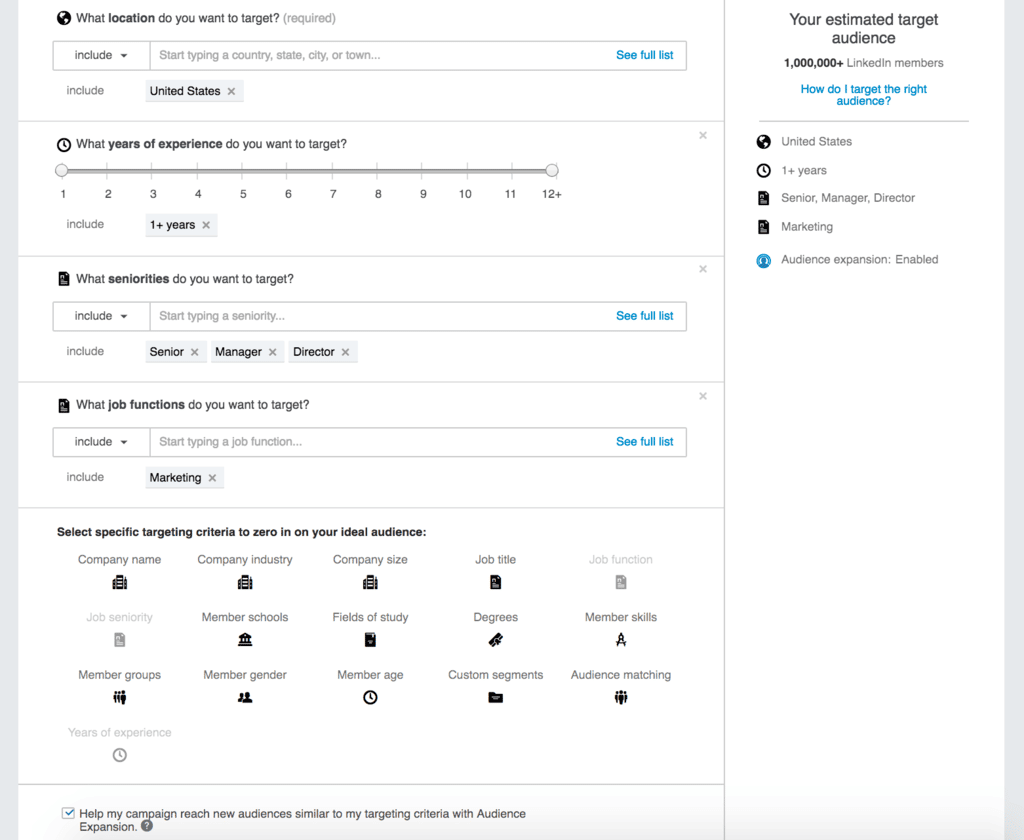
You probably get where I am heading with this, right?
Essentially, this targeting makes LinkedIn ideal for B2B marketing and outreach. It is only in B2B that you would be able to target people in decision-making positions at companies that fall in your target industry and of the size that your brand can cater to. Effectively, you can actually prepare a list of the top 100 companies that you want to do business in the future, pick exact decision-makers in those companies and target them directly with your ads.
Now that’s as accurate and apt as it can get – you get your exact client persona. Given the quality of targeting that the platform offers, the cost of targeting invariably becomes higher than that of the interest-based target on Facebook.
So, the cost difference in targeting is a quality issue. Especially if you’re in the B2B industry, it would be a major quality compromise if you go for Facebook, just because it costs less. There’s no denying that Facebook would have a much larger database to offer, however, there’s no way of knowing that the leads you get from there are actual decision-makers from your target industries.
If you ask my honest opinion, I think it’s an unfair comparison to judge LinkedIn and Facebook over costs, without taking the quality of leads into consideration. Rather, when you’re making this comparison, ask yourself, “what is the quality of those leads?”, “how many of those leads actually book a call?”, and then “how many of those booked calls actually convert?”
More often than not, when people reflect on these questions, they find that the conversion rate of Facebook leads is much lower than that of LinkedIn. In simpler words, a LinkedIn lead would cost you more, but it is also more likely to give you business.
2. Segmented Retargeting vs Direct Retargeting
The lesser know difference between LinkedIn and Facebook ads is that of retargeting abilities. Once again, it directly impacts the quality of leads you get out of your ad campaigns. Before I share the difference, let me share what retargeting means. For the unacquainted, retargeting means running ads or targeting marketing campaigns to an audience that has already interacted with your brand (visited your website) previously.
On Facebook, the retargeting ability is pretty industry-standard. Essentially, you get to retarget all your website visitors in the past X number of days (30 days, 90 days, 180 days). The only filter you can get on this is that instead of retargeting all your website visitors, you can target visitors of certain key pages. Beyond that, there are no extra filters that you can put on this list.
Imagine you’re using a cold Facebook or Google Ads campaign for cold traffic to your website, you would end up getting a lot of website visitors for your retargeting list – most of which would be unqualified. So, you would end up spending on a bigger audience, which might not even be your ideal persona. Trust me, this audience will grow really fast, your costs will increase, and you’d not even convert most of these visitors.
LinkedIn does things differently. Once it captures your website or page visitors, it lets you further segment this list based on its key filters like seniority level, industry, geographical location, and company size. That way, you get a highly qualified audience of your target persona, which is also interested in your brand since they visited your website. Could it get any better?
So, instead of retargeting 15,000 website visitors from the last 90 days, LinkedIn lets you spend money on the 4000 highly qualified prospects who have visited your website. That means you’re now betting on the right horse!
3. Business Mindset vs Entertainment Mindset
Yet another overlooked difference between Facebook and LinkedIn is the mindset with which users enter the platform. More often than not, you head to Facebook when you’re taking a break or looking for some entertainment. You’re bored and are looking to catch up with what your friends and family are up to. On the other hand, on LinkedIn, you enter with a work mindset, a mindset to see what your professional connections are building and achieving. That makes all the difference for a B2B brand.
Popping up on Facebook where people enter with a consumer mindset and not a professional one, is unlikely to be effective. As LinkedIn rightly puts it, “do business where business gets done!” In my experience, people log into LinkedIn for a few reasons:
- They’re either looking to network purposefully
- They’re looking to grow to benefit their business
- They want to see what their peers are doing
- They are curious about the new tech in the industry, advertising or marketing campaigns, agencies that are doing out-of-the-box stuff, how people are solving pain points that they, too, have, etc.
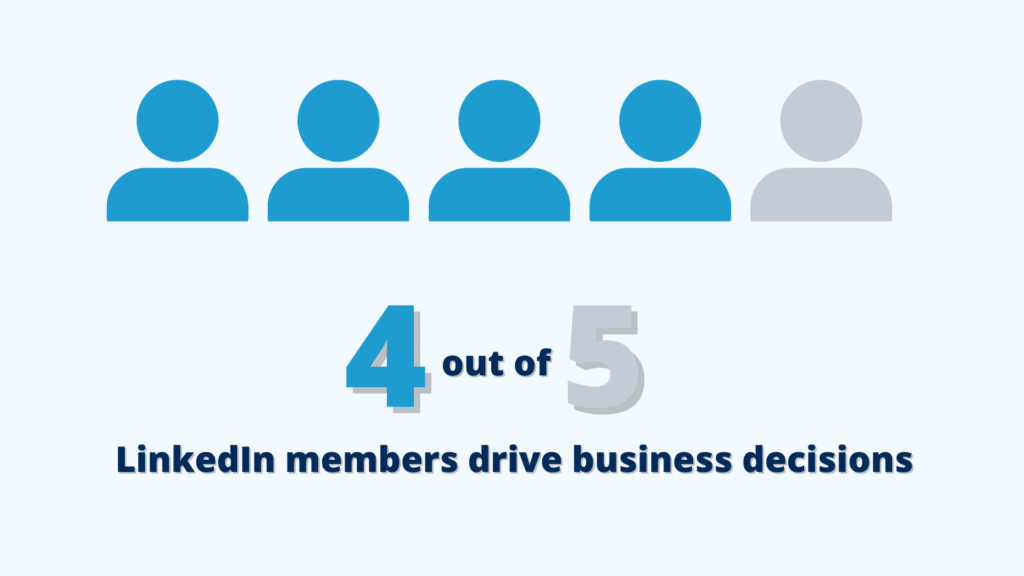
In either of these cases, they’re in looking to make professional decisions – and your ad can influence that decision. Good advertising today is not about being present everywhere. It’s about being present at the right place, at the right time. When people log into Facebook, Instagram, or Tik Tok, neither the time nor the place is right for you to have a conversation with them about their professional space.
That, for me, is a key difference between these two platforms.
How Do You Choose What’s More Effective?
If you really want to make a just comparison between the two platforms, I’d recommend simply comparing the effectiveness of both platforms. To do that, you really have to go as far down the marketing funnel as possible. Essentially, take your Facebook leads and those on LinkedIn, map their journey and find out how many make it to the end – the bottom of your funnel. The platform that ends up giving you a higher percentage till the very end – that’s your go-to choice.
Ditch the top layer criteria like cost per click or cost per lead. I can tell you outright that LinkedIn will never win there. You will always get cheaper clicks and leads through Facebook ads. However, drill these leads down and find out the following:
- the show-up rate for meetings,
- the cost per high-fit meeting
- the close rate of those booked calls
- the deal size of those closed deals.
That’s the real judge of the effectiveness of these ad campaigns.
Before you get into the standard reply that I often get – “we don’t have these numbers”, hear me out. You’re first chasing numbers that are superficial and telling the that you’re chasing them because those are the only numbers you have. Don’t you see the loop here? The real challenge here is a perspective change. You feel that more clicks would give you more leads, and more leads would mean more converts. That’s why you never look beyond these numbers.
I’d say now is the time to change this and take a conversation further down the funnel – and talk about real conversions. That’s when you’d find that most decision-makers and leaders would prefer paying more for a lead if there’s a better chance of closing and getting a long-term customer. Trust me, once you build this perspective, the actual cost per lead becomes one of the least important things on your mind.
To Sum Up
In my professional experience, if you’re into B2B marketing, LinkedIn, even though costlier, should be hands down your go-to advertising platform. Facebook comes with its own share of benefits, especially the amount of data it has to offer but then, what’s the use of targeting a million irrelevant people and converting just a thousand? With LinkedIn, you’d probably reach that thousand by targeting 10K people.
Having said that, you don’t have to take my word for it. Test the waters yourself – run a campaign on each of these platforms, analyze the conversion rates till the bottom of the funnel (the data I talked about!), and then choose yourself!

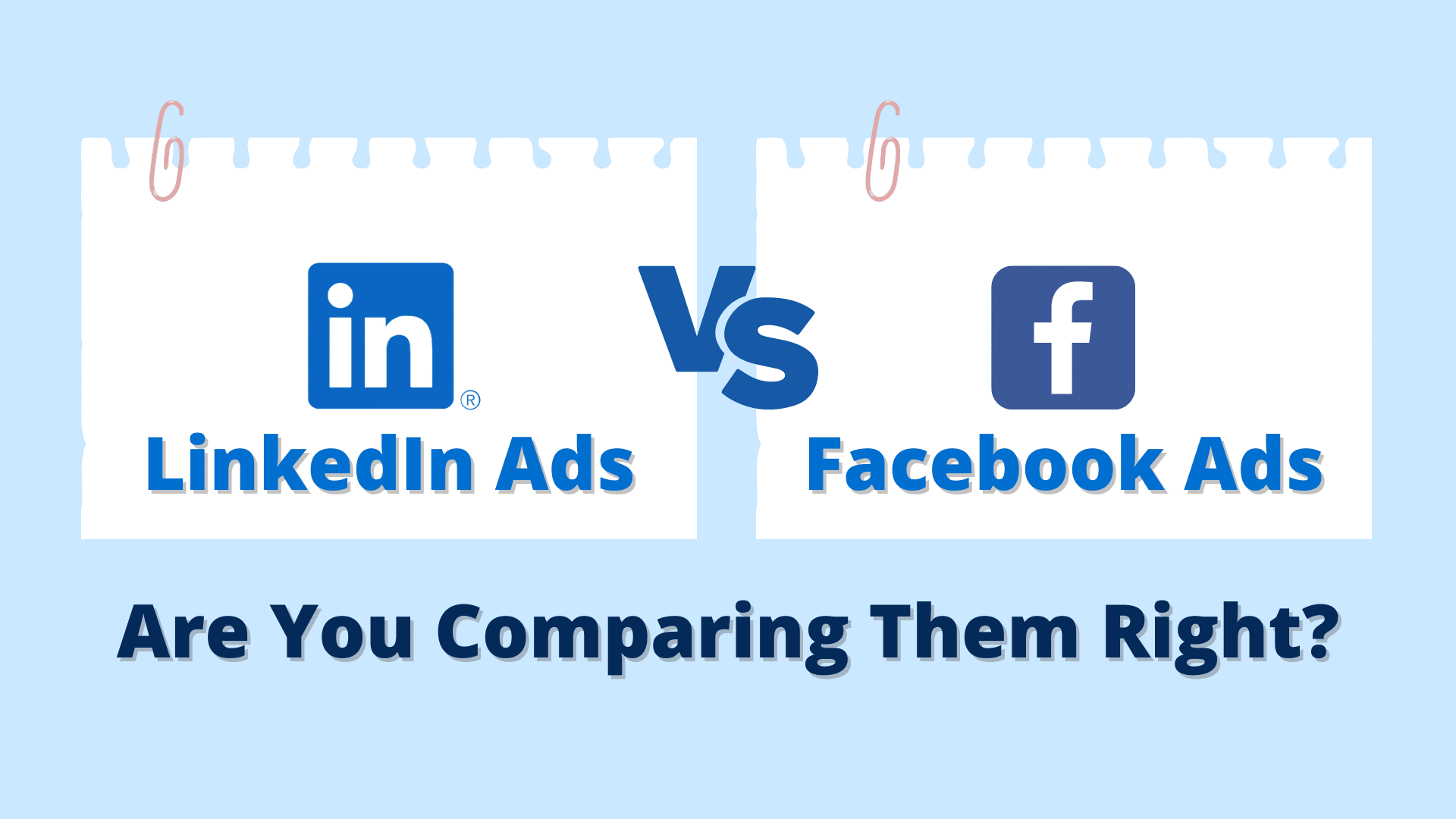



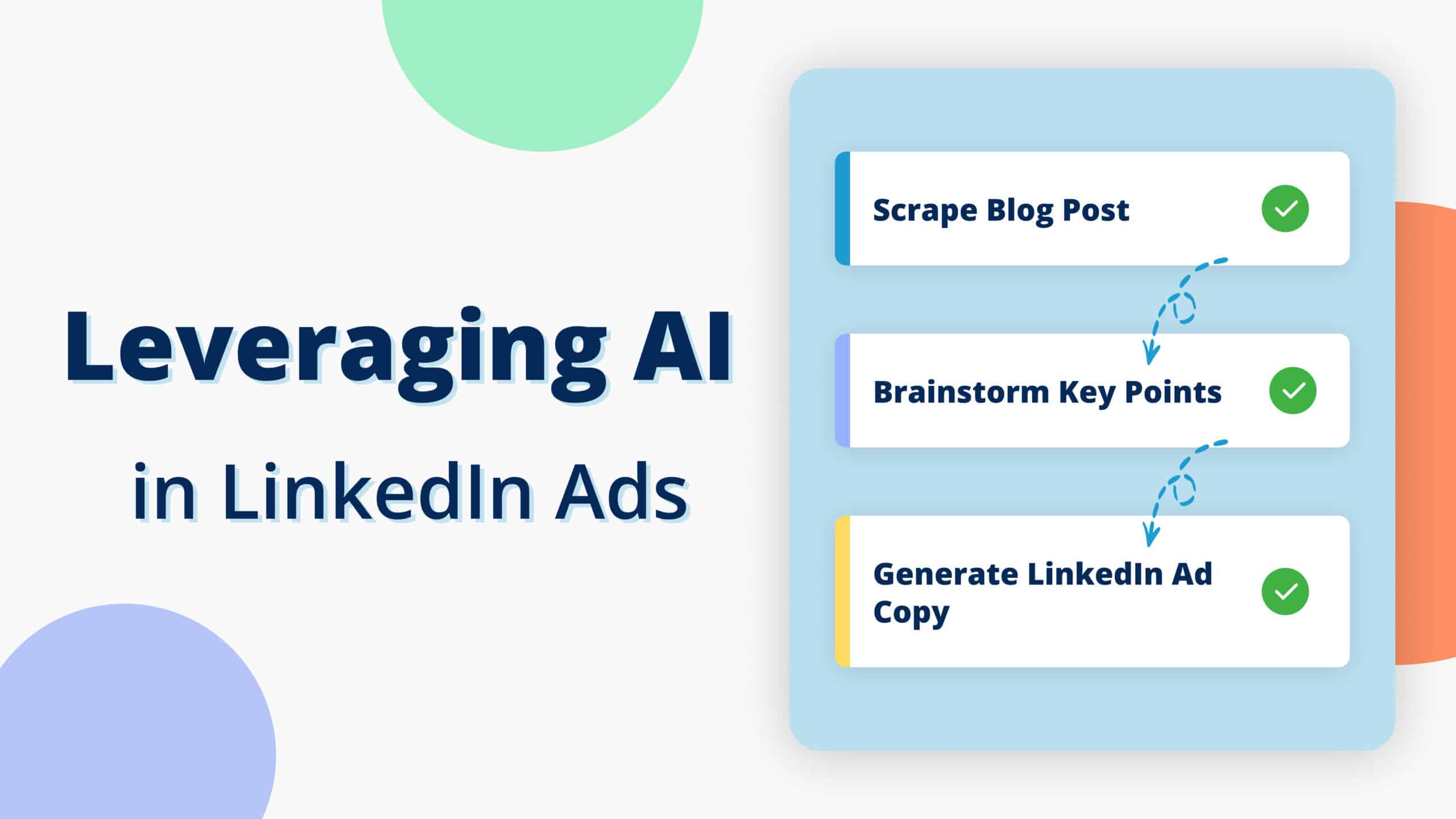
![9 Steps To Lower Your B2B Website Bounce Rate [And Improve Conversion Rates]](https://impactable.com/wp-content/uploads/2024/03/Group-12387.png)
